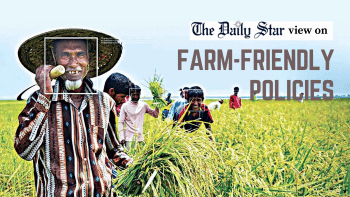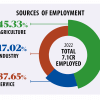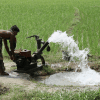Catkin farming can open up new avenues

While Bangladesh has shown tremendous growth in food grain production over the past decades with proper policy and financial support from the government, when it comes to producing less-known non-food items, not much enthusiasm has been seen among the farmers and the authorities. However, we have seen how producing items such as elephant grass (hogla pata) and catkins (locally known as kashia) have emerged as a reliable source of income for marginal farmers in some districts. The success of the farmers of Kurigram and Lalmonirhat in producing and selling catkins is a case in point.
According to the local Department of Agricultural Extension (DAE) sources, catkin is grown naturally on around 10,000 hectares of land in nearly 300 villages along the Brahmaputra and Dharla river basin areas under the two districts. At present, several thousand farmers are engaged in this seasonal business worth Tk 500 crore. Since farmers usually do not need to invest for producing the item as it is grown on char lands naturally—they only need to bear the transport and labour costs—it has become a great source of income for many in the char areas. Not many traditional crops can be cultivated on the sandy soil of chars, so this also played a part in popularising the crop.
Over the years, we have seen how marginal farmers across the country have tried to improve their economic situation by producing different locally grown items. While catkins have brought smiles to those in Kurigram and Lalmonirhat, we have seen how elephant grass farming has improved the fate of poverty-stricken people in Barishal. Dried catkins are used to weave thatch roofs and sheds to protect crops such as betel leaf from excessive sunlight or rain. So there is a huge demand for this item among betel leaf growers and others. Therefore, the authorities can consider investing in farming this item in more char lands.
Over the past five decades, the country has reached many milestones in the farm sector, improving people's livelihood, creating employment opportunities, and contributing 13.47 per cent to the national GDP. We think with proper support from the government, more employment opportunities can be created from farming catkins, elephant grass and such non-traditional items, particularly at a time when high inflation has affected marginal farmers badly.

 For all latest news, follow The Daily Star's Google News channel.
For all latest news, follow The Daily Star's Google News channel. 








Comments